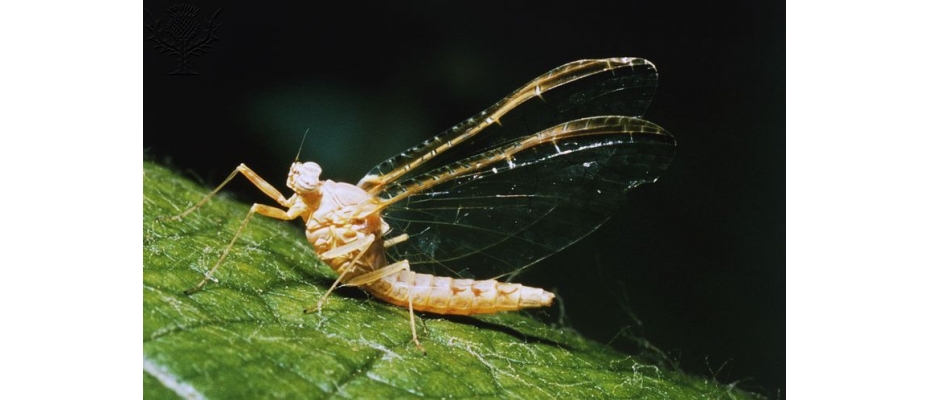
BCN, 3 June 2020.- A team of scientists led by Isabel Almudí and Fernando Casares from the Andalusian Center for Development Biology, CABD (CSIC – UPO and the Junta de Andalucía), has concluded that the gills of certain aquatic insects are the organ that shares the greatest number of genes with the wings of insects. This finding, made by studying a kind of mayfly insect, which, together with dragonflies, belongs to the oldest group of winged insects, is one key to deciphering a long-standing question in evolutionary biology: how did wings appear on insects? The research has been published in the latest issue of Nature Communications.
Participating in the study were researchers from the CNAG-CRG as well as the Genetics Department of the University of Barcelona, the Institute of Evolutionary Biology (IBE-CSIC), the Center for Genomic Regulation (CRG) and research groups from five countries.
Winged insects constitute the most diverse group of animals, with the largest number of species, of those that currently inhabit the Earth. Their appearance more than 320 million years ago, in the Carboniferous, meant a total revolution in terrestrial ecosystems. Despite their great importance, no answers have yet been found as to how their rapid diversification occurred or what changes occurred in the genomes of the ancestral insects that gave rise to them.
In the subclass Pterygota, that is, the lineage of winged insects, few genomes have been investigated. Nevertheless, it is known that one of the orders of this subclass, the order Ephemeroptera, better known as mayfly, diverged early evolutionarily from the rest of the winged insects. In fact, their ancestors are among the first winged insects that appear in the fossil record, making them uniquely positioned phylogenetically for trying to understand the origin of wings.
The genome of a mayfly species, Cloeon dipterum, was sequenced, assembled and annotated at the CNAG-CRG. Researchers then observed how some genes were expressed differently depending on the phase of the life cycle: during the aquatic (juvenile) stages, genes predominantly played a role in chemo-sensing or odor perception, whereas during the adult phase, the genes that were mostly expressed were those related to vision.
For Almudí and Casares, “this suggests that the way of perceiving the external environment is completely different in the different life stages and that this species has been able to adapt to such diverse environments through changes in its genome. Furthermore, investigating in detail how these molecules that perceive chemical signals are expressed in nymphs, we have discovered that many of them are found in the gills, which are organs located in the nymphs' abdomen and that had been considered as their main respiratory organ".
The researchers also asked whether gene expression in certain tissues is maintained in different species of winged insects, that is, if the genes that are expressed in the brain of a mayfly, for example, are the same that are expressed in the brain of a fly. The team confirmed the conservation of many genes that are expressed in both mayflies and fly wings, and observed that several of these genes have a role in wing development.
"We [also] compared the gene expression in different organs of the mayfly and verified that the organ that shares the most expressed genes with the wings, are the gills, implicating shared genetic programs and suggesting a common origin," the researchers concluded.
Work of reference:
Genomic adaptations to aquatic and aerial life in mayflies and the origin of insect wings











